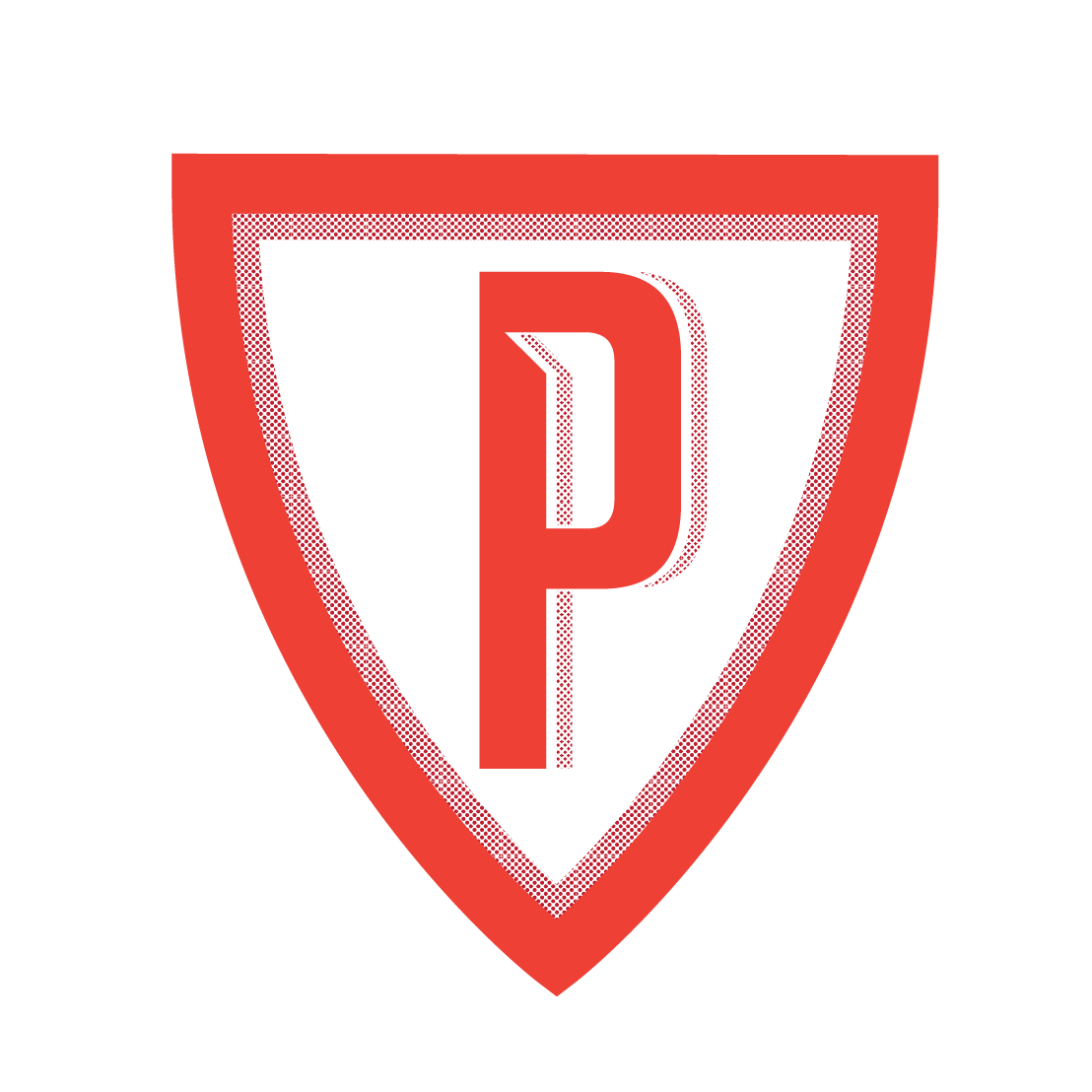Did you check out our Member Shout Out for July? Wayne-O really earned his spot, look for it on the blog.
When your friends and family ask you about CrossFit, what do you tell them? Can you define what we do at the Port? At the Level 1 certification, they cram the definition down your throat until you can recite it almost reactionarily. CrossFit is constantly varied functional movements performed at high intensity. When you measure that definition to the programming at CFP, I’d say we pass the test. This week I want to take a closer look at this definition step by step, starting with variation.
Being constantly varied is the hardest part of creating a well-rounded program. Too much random and there is no method to the mayhem. There are no strength cycles. There are no priorities. Nothing builds on itself. There is no progression and with that, very little improvement. Think about a program that had no definition of importance. Something that agrees running before walking is fine, they are both important skills, so learn them independently of one another. Consistent demonstration of an understanding on how an air squat should be executed comes far before loading a bar and finding a 1RM back squat. Too much variation puts no priority on this idea. Can you see the issue in that? Consistency before intensity.
On the other end, no variety creates a routine and routines are the enemy. Monday is back and bicep day, Tuesday is chest and tricep day. Most of us have been there. Or let’s go for a run, same route, similar distance, but today let’s try to do it a little bit faster. These are programs that incorporate no variety. Let’s not get dramatic, I am not knocking any particular facet of fitness. Body builders can do some amazing things, runners are capable of some incredible feats of fitness, but for the sake of this argument, it’s easy to get stuck in a rut with these types of programs. Making sure you are exposed to as many different stimuli as possible while still building the basic requirements for fitness and health is the baseline for any good program. Constantly testing and evaluating our improvements and weaknesses help it grow and evolve with the population. That’s why at the Port you consistently see single leg work, carries, varying rep and load requirements, variations on the 9 foundational movements in terms of set-up and range of motion, heavy days, lights days, different time domains and expecations, intervals and everything in between.
Tomorrow, I jump into the idea of functional movement. What makes a movement ‘functional’ and where they fit into CrossFit style programming.
Warm-up
Spend 2 minutes in Z1
Then, 3 rounds (evolving)
3 hang cleans
4 burpee box jumps
5 hanging knee tucks
6 wall balls
*build and ascend in the warm-up
Mobility
Pigeon and spiderman
Childs pose, up dog and down dog.
Skill
The hang power clean
WOD
“WODiholic”
4 rounds
6 hang power cleans (155/105#)(135/95#)
9 burpee box jumps (24/20”)
12 T2B
15 wall balls (20/14#)
400m run
Rest 1:1
Big time WOD. Going to require some grit and sweat to get through this one. Work/rest ratio is 1:1. So you must keep a pretty good whiteboard going. Rounds should be between 4 and 5 minutes, meaning we should be scaling the weight and movements as to allow for constant movement. However, think about it this way, if the rounds are that long so it the rest. This WOD is going to take up the entire class, so get in, get warmed up and get cranking.
Cool Down
I read that for every hour of training, your body requires 20 minutes of focused recovery.
Spend 5 min on recovery – foam roller, lax ball, crossover symmetry. Whatever it is you need, spend the time.


